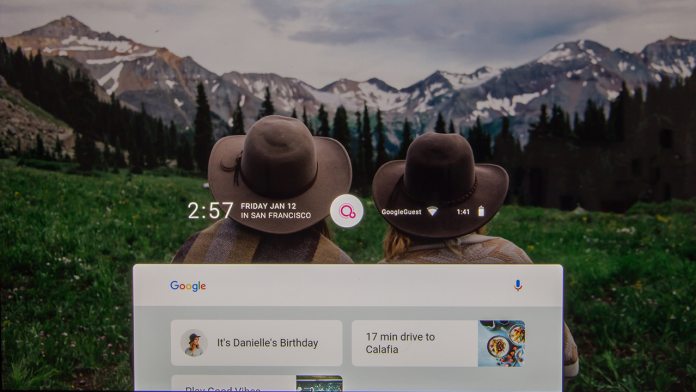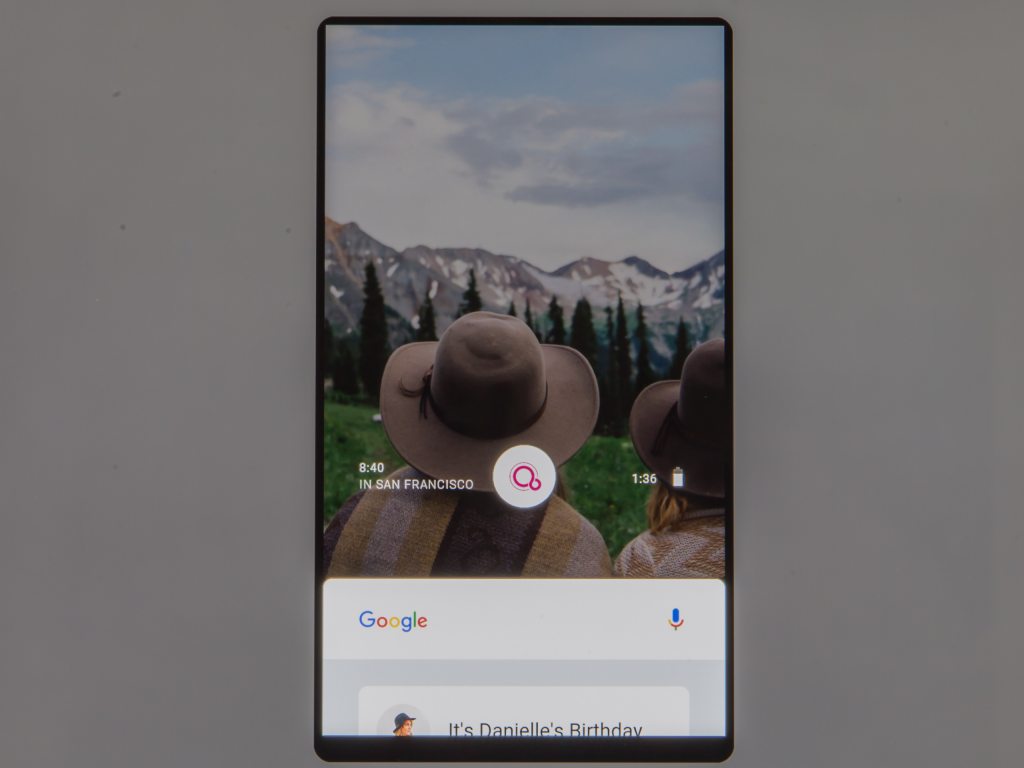Now, the experimental OS has support for Google’s Pixelbook, and that makes things a lot easier. Ars Technica has managed to get the OS up and running, and so far things look quite promising. Unlike Android, Fuchsia doesn’t rely on Linux, and has instead been built from the ground up by Google. It utilizes Google’s Zircon kernel and a UI named Armadillo. As well as a desktop mode, the OS can be switched to smartphone view, and will eventually be released on both. So far, it supports touchscreens, trackpads, keyboards and USB ports, as well as the Pixel’s lightning bolt port. The only real missing feature if Wi-Fi.
Still a Way to Go
It’s all presented in a beautifully designed interface that looks much nicer than ChromeOS or Android. As you would expect, it integrates Google’s services on an OS-level, giving easy access to calendar, news, and music in a card-based layout. It also integrates features found in the latest versions of Android, including a split-screen mode and the familiar three-button layout. Unfortunately, that’s about as far as the OS goes. The available apps are very limited and unstable, making it basically unusable as a daily driver. Ars Technica also notes several problems with the interface that make us wonder if this will be its final iteration. It’s clear that Google still has a long way to go with Fushia, and possibly years of development. The OS may not even make it to market, but it would be very interesting to see how this would affect the future of Android.





